Corsair MP600
Now the Corsair MP600 comes into play and since I want to measure cleanly, the operating system is of course on an external SATA-SSD. The MP600 with the Phison controller cuts a solid figure, especially at AJA, because this benchmark reveals mercilessly when the SSD and the controller get into a sweat. Then all the tricks and acceleration cheats fall directly into the eye. It’s still a mystery to me why this benchmark is so rarely used by reviewers, because in industry and in system houses it’s practically mandatory. As I said, the MP600 is a really fast thing.
Asus TUF X570-Plus
Asus leaves the board open at the upper slot, a cooler for the NVMe SSD has to be packed on top or you have to buy an SSD with cooler. Optionally, the SSD can also be installed in the lower M.2 slot, which doesn’t affect performance on the Asus board. The temperatures in the lower slot with the cover plate are in the area of the other two boards. If you install the SSD with its own cooler in the upper slot, it is about 2 degrees cooler under load.
In the CrystalDiskMark, TUF Gaming offers the highest writing performance, while you can only just stand out in front when reading.
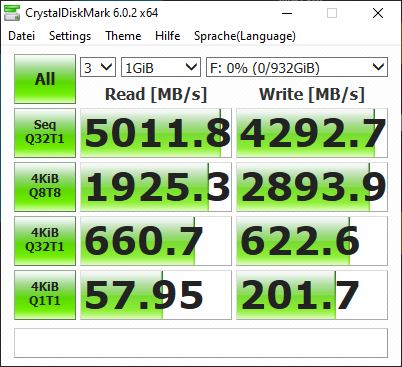
The final values of the ATTO benchmark correspond to those of the other boards, although one can see advantages for small blocks.
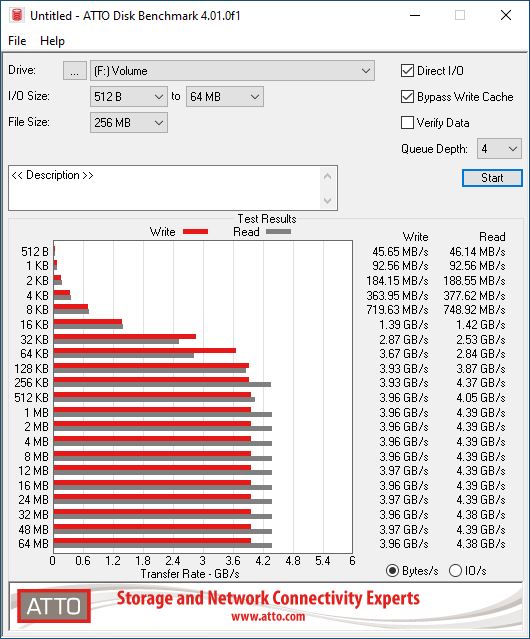
The AJA performance is good and lies in something on the lever of the other two boards. If I would use something as evidence for comparison, it would be this benchmark.
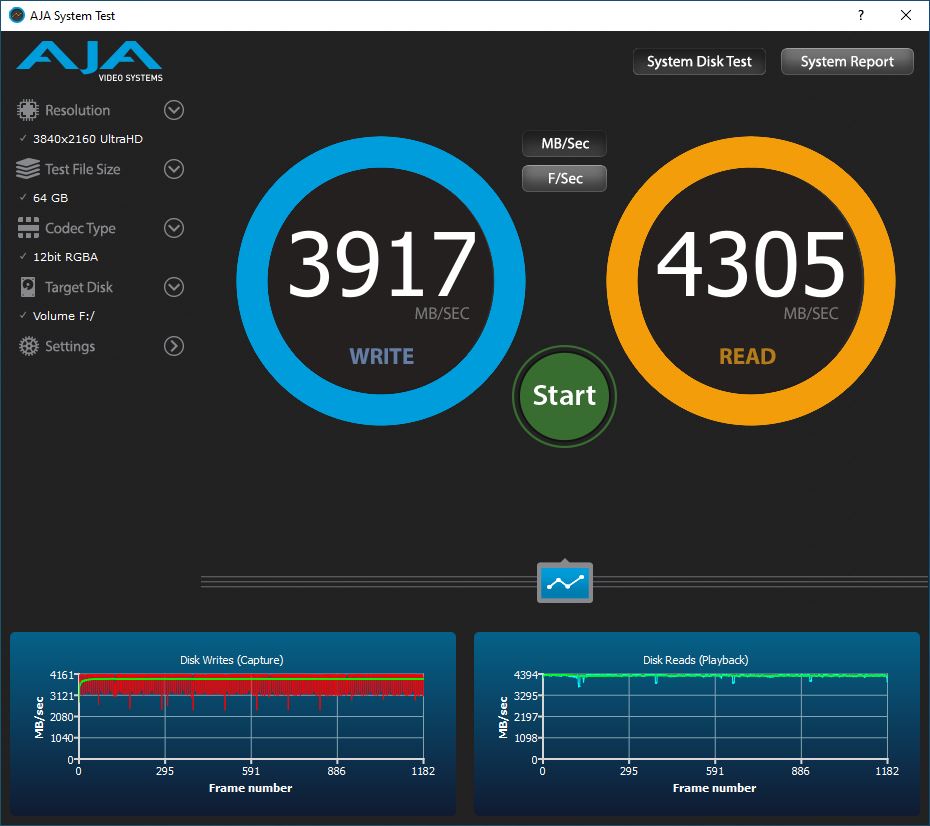
Gigabyte X570 Aorus Elite
Gigabyte bets on its own smaller cooler. Despite its rather manageable size, it performs quite well, even if not as a high-flyer. With well over 60 degrees in the tips, the SSD is short in the welding bead range, but always short and under extreme load. In normal operation you stay at 50 °C or below, even if the backplate of the RTX 2080 Super glows.
First I test the single block sizes synthetically with CrystalDiskMark and ATTO, even if such benchmarks are only suitable for the gallery. But at least you can see that with PCI-Express Generation 4 you can achieve another performance boost.
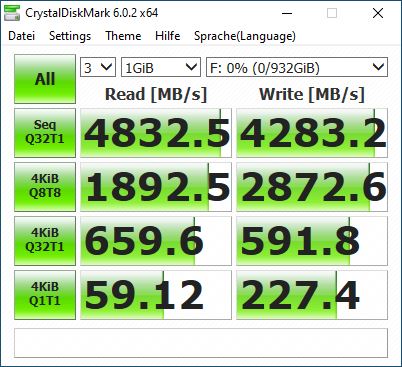
ATTO is a bit better subdivided and the trend is well recognizable when the read and write rates stabilize.
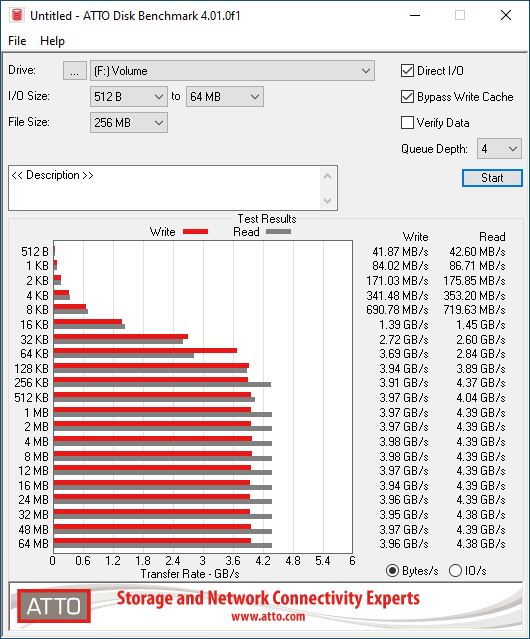
And now to AJA, which simulates writing and reading different video formats and resolutions (file sizes!). The capture and playback diagrams are unfortunately truncated this time, but look almost congruent to the ones I found on the MSI board.
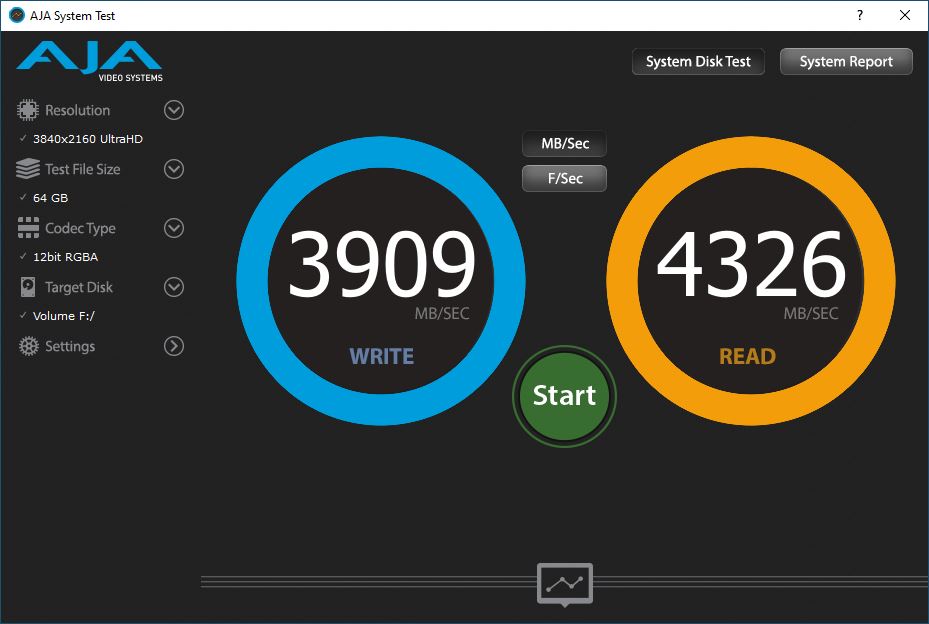
MSI MPG X570 Gaming Edge WiFi
The extended arm of the chipset cooler is always lukewarm, even without SSD. That’s why the average temperature is not lower than that of the Aorus Elite when the graphics card is running at full speed, at almost 50 °C. However, the peaks under extreme load are somewhat more moderate.
The results are extremely close together and the distances to the Aorus Elite are smaller than the tolerance range of CrystalDiskMark. five runs, five results. In the context of these inaccuracies one can speak of almost identical results.
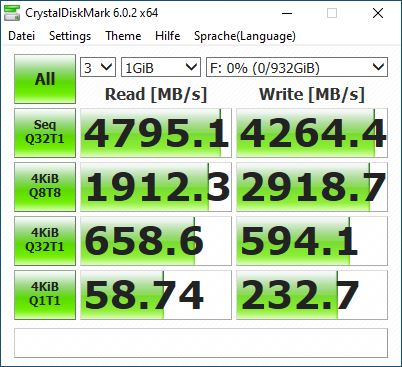
In the ATTO benchmark, the test subjects are in fact equal down to the decimal place – even better.
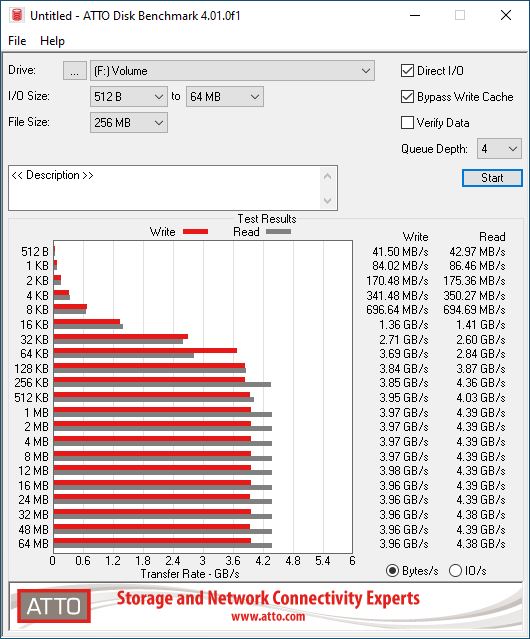
With AJA, the reading rates are almost the same and writing is still within the tolerance range. Interesting this time are the read and write rate diagrams, which attest a good performance of the SSD. And of course the boards as well, because there are no failures.
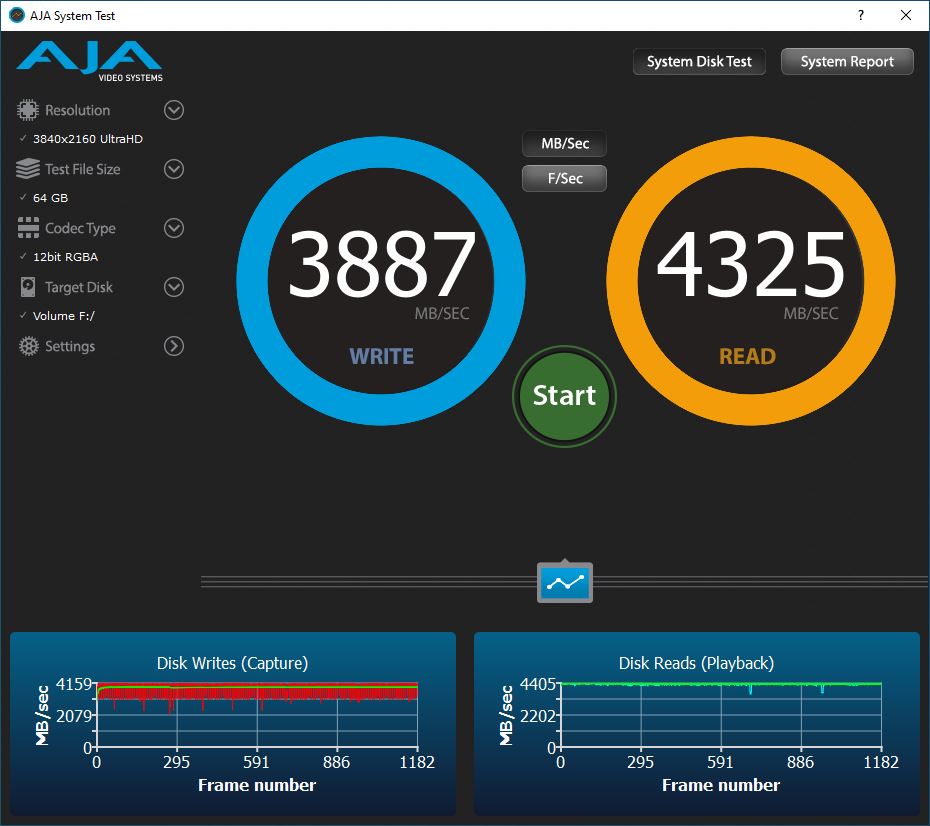















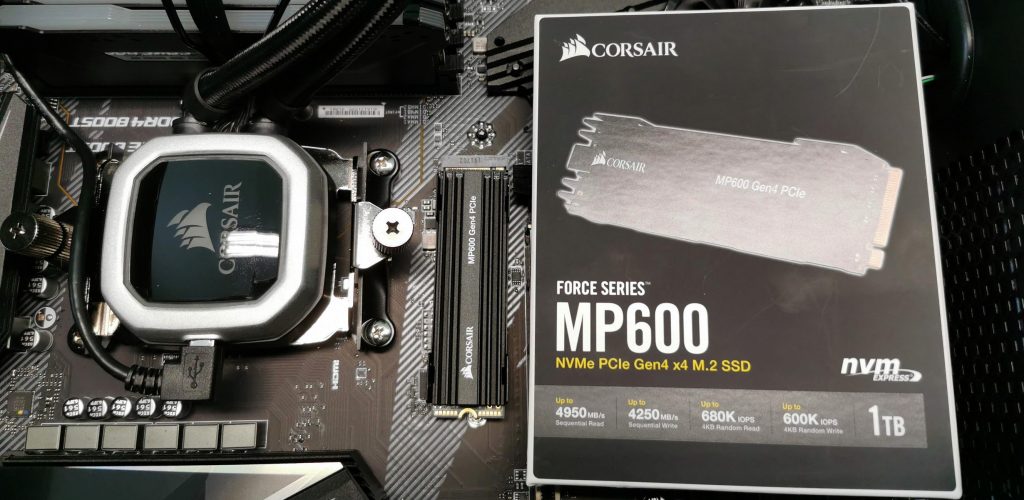
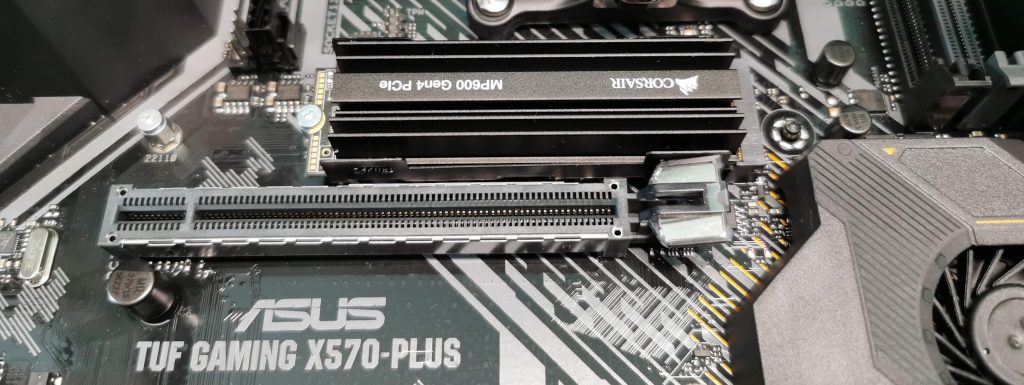
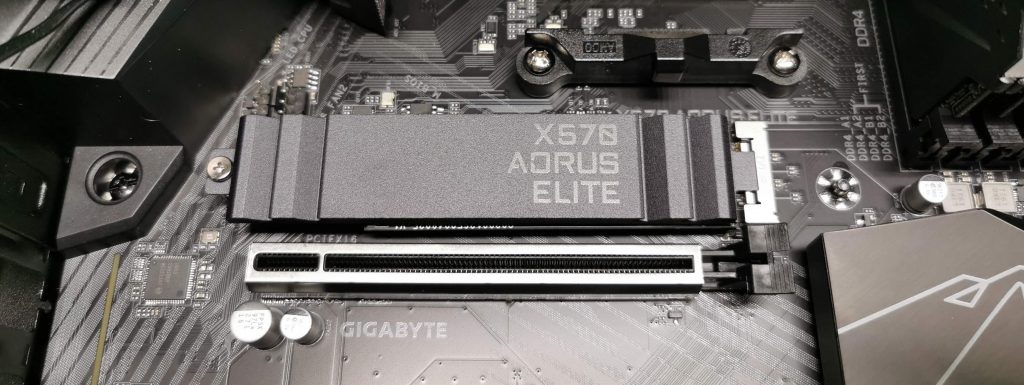
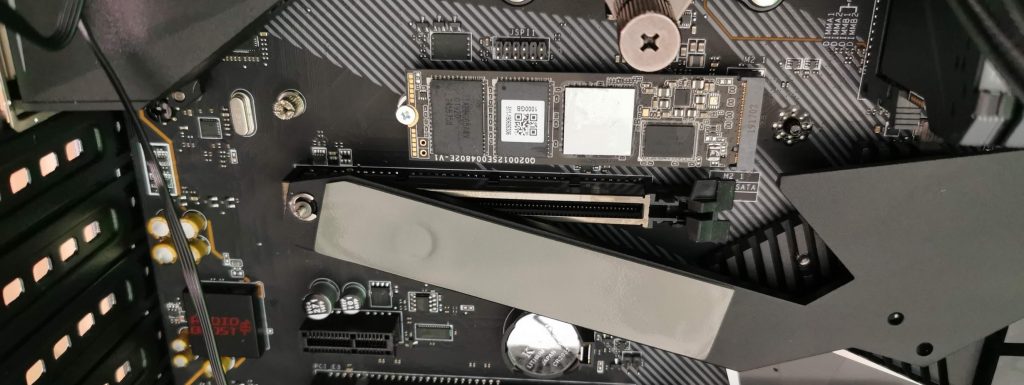

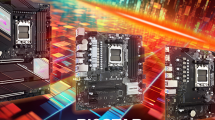
















Kommentieren